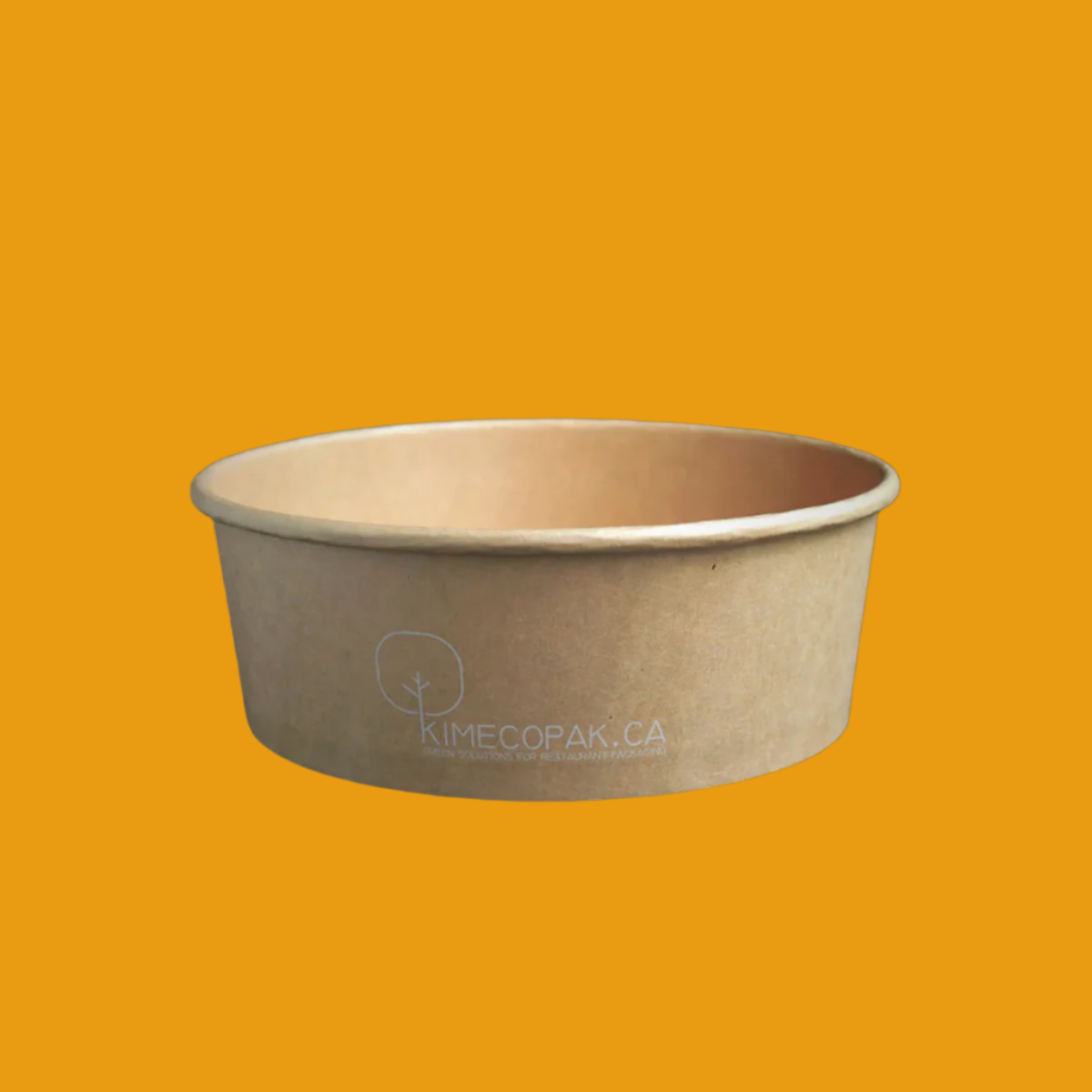With low startup costs, flexible locations, and increasing consumer demand for convenience, mobile food ventures are quickly becoming one of the most attractive business opportunities in the foodservice industry. If you’re wondering how to start a mobile food business, this guide is the perfect starting point. Launching a food truck, trailer, or cart might seem simple, but it involves careful planning from choosing a niche menu and sourcing reliable equipment to navigating health codes and securing permits.
-
How to Open a Food Truck With No Experience
-
The Ultimate Guide to Food Truck Catering for Startups in Canada
What is a mobile food business?

A mobile food business is any food service operation that prepares and sells food from a movable vehicle or stand. Unlike traditional brick-and-mortar restaurants, mobile food businesses can bring their culinary delights directly to customers, allowing for greater flexibility in location and service.
Advantages
Running a mobile food business comes with several advantages:
- Flexibility: Owners can change locations based on demand, events, or foot traffic, allowing for strategic positioning.
- Lower Startup Costs: Compared to traditional restaurants, starting a mobile food business typically requires a smaller financial investment, making it accessible for aspiring entrepreneurs.
Popular Formats
There are various formats through which mobile food businesses operate, each with its distinct charm:
- Food Trucks: These vehicles are fully equipped kitchens on wheels, offering a diverse range of food options.
- Food Carts: Smaller than trucks, food carts are often simpler and can serve items like hot dogs, ice cream, or snacks.
- Pop-Up Stands: These temporary setups appear in places like farmers’ markets or festivals, allowing for limited-time offerings.
- Catering Services: While more stationary, some mobile food entrepreneurs focus on catering events, bringing prepared food to venues.
Step 1: Conduct Market Research and Identify Your Target Customers

Local Market Analysis
Before diving into the culinary landscape, conduct a thorough analysis of your local market:
- Demand: Look for gaps in the market. Is there an unmet need for certain types of cuisine? Are people looking for healthier options or gourmet street food?
- Food Trends: Stay updated on current food trends. For instance, plant-based diets and ethnic cuisines are increasingly popular.
- Competitors: Identify who your competitors are and what they offer. Understanding their strengths and weaknesses can inform your own business strategy.
Define Your USP (Unique Selling Proposition)
What will make your mobile food business stand out in a crowded market? Consider:
- Your signature dish, cooking style, ingredient sourcing, or customer experience.
- Are you offering a fusion of flavors? Unique dietary options? Crafting a memorable USP can help you attract and retain loyal customers.
Step 2: Create a Detailed Business Plan
What to Include
An effective business plan lays the groundwork for success by addressing several critical components:
- Business Objectives: Define short-term and long-term goals for your business.
- Customer Segmentation: Identify who your customers are. Consider demographics, preferences, and spending habits.
- Cost and Profit Projections: Outline expected startup costs, ongoing expenses, and potential revenue streams. Use conservative estimates to ensure you are prepared for challenges.
- Marketing and Sales Strategies: Document how you plan to attract customers and generate sales, considering both online and offline methods.
Step 3: Handle Legal Requirements and Obtain Necessary Permits
Types of Permits
Launching a mobile food business involves navigating various legal requirements:
- Business License: Obtain the necessary licenses to operate legally in your area.
- Food Safety Certification: Complete food safety training and obtain certification to ensure compliance with health regulations.
- Location Operation Permits: Different locations may have specific permits, especially for food trucks. Research zoning laws or temporary event permits.
Step 4: Choose and Equip Your Mobile Food Vehicle

Selecting a Vehicle Type
The choice of vehicle is crucial to your mobile food operation:
- Food Truck: Best for extensive menus and full kitchens.
- Food Cart: Ideal for simpler offerings and lower startup costs.
- Pop-Up Stand: Great for limited-time promotions or special events.
Essential Equipment
Your vehicle should be outfitted with the right equipment:
- Cooking Appliances: Grills, fryers, and ovens, depending on your menu.
- Refrigeration: To keep ingredients fresh and safe.
- Ventilation Systems: Important for cooking environments to maintain air quality.
- Sanitation Facilities: Ensure you have access to sinks for handwashing and food prep.
Estimated Costs
Costs can vary significantly based on vehicle type and equipment needs. Prepare a budget that encompasses vehicle purchase, renovations, and necessary equipment.
Step 5: Build Your Brand and Execute Effective Marketing
Branding
Your brand is your business's identity; focus on:
- Name: Choose a catchy and memorable name that reflects your offerings.
- Logo: Design a logo that captures your essence and attracts attention.
- Brand Colors: Select a color scheme that resonates with your target audience and conveys your food's vibe.
Online Marketing
In today's digital age, having an online presence is crucial:
- Create a Website: Your website should be user-friendly, showcasing your menu and location, with contact information readily available.
- Social Media Profiles: Utilize platforms such as Facebook, Instagram, and TikTok to engage with customers. Share appealing food photos, schedules, and promotions to draw interest.
Participate in Local Events
Engaging with your community can significantly boost brand exposure:
-
Attend local fairs, festivals, and gatherings to showcase your food, connect with potential customers, and generate word-of-mouth marketing.
Starting a mobile food business can be a rewarding venture, allowing you to satisfy cravings while enjoying the freedom of mobility. Remember that careful planning, thorough research, and effective marketing are key to making your culinary dreams a reality.
Step 6: Operate and Manage Efficiently
POS System: Manage Orders, Payments, and Inventory
A reliable Point of Sale (POS) system is the backbone of your mobile food business. It simplifies order management, payment processing, and inventory tracking. Look for systems that allow you to take orders quickly, handle multiple payment methods, and provide real-time inventory updates.
This can help you avoid running out of popular items during peak hours, enhancing customer satisfaction and maximizing sales. Some popular options include Square and Toast, which come with user-friendly interfaces tailored for food businesses.
Staff Training: Food Safety, Customer Service
Your team is crucial in delivering a positive customer experience. Invest time in training your staff on food safety practices, and make sure they understand proper food handling, storage, and hygiene standards. This not only ensures compliance with health regulations but also builds customer trust.
Additionally, training your staff in customer service can make a significant difference. Simple gestures, like greeting customers with a smile or promptly addressing concerns, can lead to repeat business and positive reviews.
Financial Management: Track Revenues, Expenses, and Profits
Managing finances is essential for long-term success. Use accounting software like QuickBooks or FreshBooks to track revenues and expenses efficiently. Regularly review your financial data to understand where your profits are coming from and what areas may be draining your resources. This will help you make informed decisions about pricing, menu items, and marketing strategies. A solid grasp of your financial health can also guide you in securing loans or investors down the line.
Step 7: Evaluate and Expand Your Business

Collect Customer Feedback: Surveys, Online Reviews
Feedback is a powerful tool for improvement. After each event or service day, encourage customers to fill out a quick survey or leave an online review. This can be done through QR codes linking to your feedback forms or direct links to review platforms like Yelp and Google.
Use the feedback to adjust your menu or service style according to what your customers value most. Positive reviews also enhance your business's online presence, drawing in new customers.
Analyze Business Data: To Adjust Strategies and Menu Offerings
Data analysis is key to understanding your customer base and refining your operations. Monitor sales trends to identify which menu items are popular and which are not performing well. If a dish consistently earns positive reviews, consider promoting it more heavily. Seasonal trends can also affect sales, so adjust your menu offerings accordingly. This analytical approach allows you to keep your business relevant and appealing.
Expand Operations: Open Additional Locations or Partner with Major Events
Once your mobile food business is thriving, consider opportunities for expansion. This could mean opening additional locations in areas with high foot traffic or partnering with major events like music festivals or local fairs. Such partnerships can significantly increase your exposure and customer base. Make sure to research potential new locations to ensure they align with your target demographic.
Frequently Asked Questions (FAQ)
How much does it cost to start a mobile food business?
Starting a mobile food business typically requires initial costs including a food truck or cart, equipment, permits, and initial inventory. This can vary widely, but a rough estimate ranges from $20,000 to $100,000. Costs will fluctuate based on location, the quality of the equipment, and the complexity of your menu.
How long does it take to obtain permits?
The timeline for obtaining permits can vary by location and type of permit needed. On average, it can take anywhere from a few weeks to several months. It's best to start this process as early as possible, as some permits may require inspections or additional paperwork.
Can I operate in multiple locations?
Yes, you can operate in multiple locations, but it requires careful planning. Ensure you have the necessary permits for each area and consider the logistics of travel between locations. Many successful mobile food businesses manage this by rotating their schedule between popular spots.
How can I attract new customers?
Attracting new customers can be achieved through effective marketing strategies. Utilize social media platforms to showcase your menu and establish a presence in your community. Participate in local events and collaborate with other businesses to reach wider audiences. Word-of-mouth is powerful in the food industry, so delivering excellent food and service will naturally draw people in.








